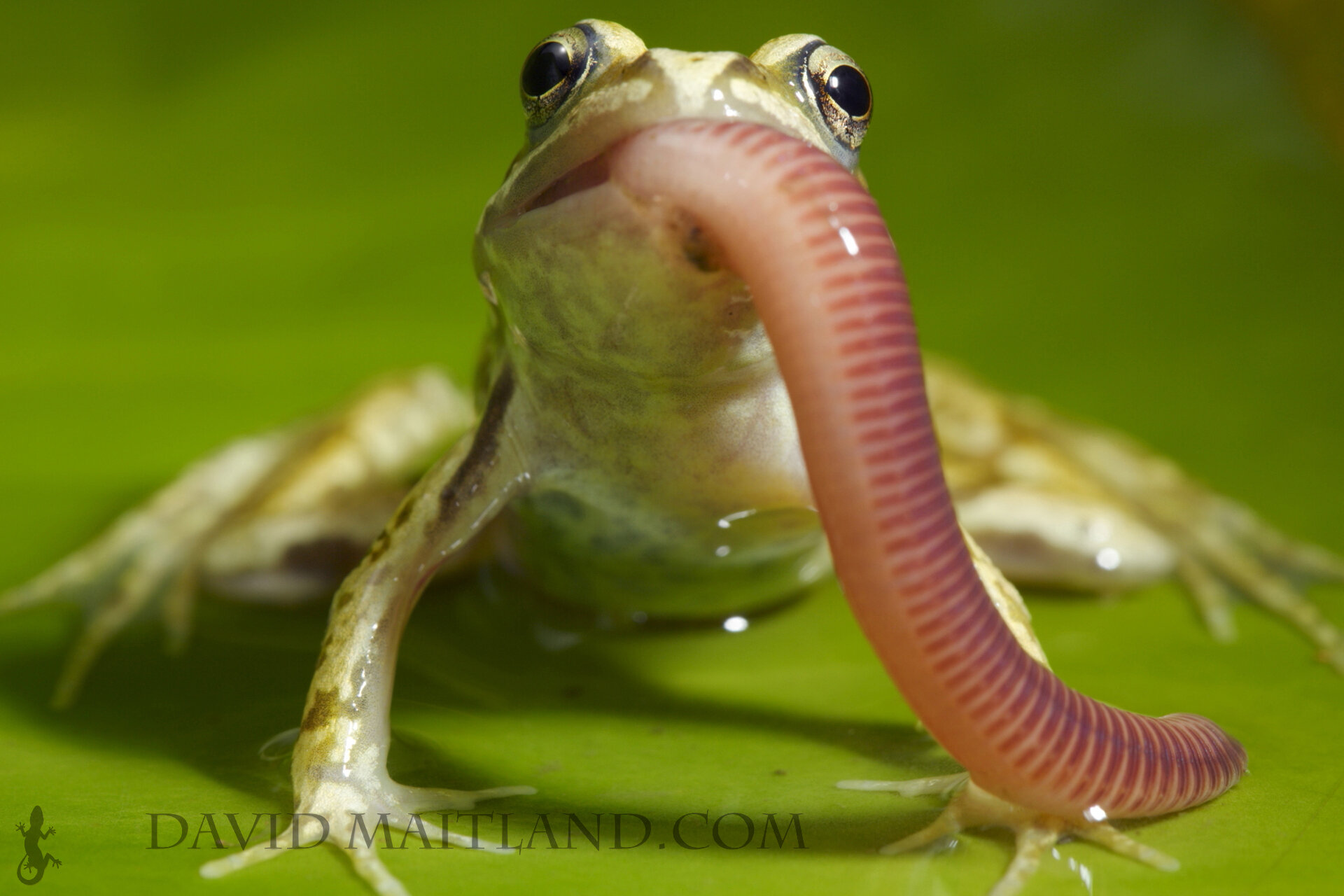Cat and Dog Tapeworm Dipylidium caninum
This tapeworm, Dipylidium caninum, is common in cats and dogs. Its head is small enough to fit through the eye of a needle (it is less than 0.5 mm wide), while its body is much bigger and up to 70 cm long.
This project was commissioned by Drontal® and Dronspot® to raise awareness of pet owners’ ongoing risk of gut parasites in pet cats.
With thanks to St. Andrews University for the use of their scanning electron microscope (SEM).
The image has been hand coloured and the “red eyes” are actually suckers that attach the tapeworm to the lining of your cat’s gut.
Cat and Dog Tapeworm Dipylidium caninum
This is the same specimen as above ( the tapeworm Dipylidium caninum, common in cats and dogs), but from a different perspective.
This project was commissioned by Drontal® and Dronspot® to raise awareness of pet owners’ ongoing risk of gut parasites in pet cats.
Koi Carp
Looking like goldfish or Koi carp swimming in a pond, these are the wing scales of the Cinnabar moth, Tyria jacobaeae. This photograph was taken with Ultra Violet Light (UV). The scales (photographed in situ) which appear red in visible light fluoresce red under UV, and the scales which appear black in daylight do not fluoresce at all and appear jet-black.
The Big Picture Competition 2024 - Art of Nature Finalist “Koi”
Spiral Galaxy
The Margined Ramshorn pond snail, Planorbis planorbis, carries a galaxy of photosynthetic algae like Chlamydomonas living within a slimy biofilm covering the snail’s shell. The Chlorophyll within the algae fluoresces red when illuminated by Ultraviolet light. The snail’s intestines are contrasted in shades of midnight blue.
British Photography Awards 2022 – Photographer of the Year - Water Life
Montphoto 2022 – Honourable Mention – Plant Life
Defensive hairs covering the leaf of the wild olive Elaeagnus augustifolia
Parasol-shaped defensive hairs (trichomes) covering the underside leaf surface of Eleagnus angustifolia exposed to UV light auto-fluoresce in a variety of subtle colors.
Nikon Small World Photomicrography Competition 2023 - 5th Place
https://www.nikonsmallworld.com/galleries/2023-photomicrography-competition
Star Spangled
Star-shaped defensive hairs covering the surface of a Deutzia scabra leaf are silhouetted against the leaf’s chlorophyll-packed cells. When exposed to invisible Ultraviolet light (UV is visible to insects etc.), plant Chlorophyll fluoresces bright red. All green plants fluoresce red while photosynthesising, but its presence is too faint to be seen in broad daylight.
Wildlife Photographer of the Year 2022 - Highly Commended – Plant Life
Olympus Image of the Year Award 2021 / 22 – Regional Winner
Montphoto 2022 – Honourable Mention – Art in Nature
Who Eats Who
A critically endangered Morelet’s tree frog, Agalychnis moreletii, battles for its life with a cat-eyed snake (species unknown).
Chiquibul Forest Reserve, Belize
Wildlife Photographer of the Year 2008 - Winner Behaviour Other Animals
EUROPEAN Wildlife Photographer of the Year 2008 Public award - Best of Show
Breathing Tree
A dissected tracheal tree from a silk moth caterpillar, Bombyx mandarina.
Wildlife Photographer of the Year 2014 – Finalist Natural Design
Bushmeat
An endangered Gabon Black Colobus monkey, Colobus satanas anthacinus, having its fur burned off before being sold at the food market in central West Africa.
Libreville, Gabon
WILDLIFE Photographer of the Year 2008 - One Earth Award Winner
EUROPEAN Wildlife Photographer of the Year 2008 - Title Winner
Anchors
Anchors
This is a microscope slide preparation of the skin of a sea cucumber, Synapta sp, showing its remarkable spicules in the shape of anchors and perforated plates.
Poppies
Poppies
Long-headed poppies, Papaver dubium, growing on wasteland next to a carpark.
Frog and Worm
A young common frog, Rana temporaria, attempts to swallow an incongruously large earthworm, the Tiger or Brandling Earthworm, Eisenia foetida.
International Photography Awards 2007 - Winner Best of Show Award
Circular Saw
Circular Saw
The “circular-saw-like” structure on the head of the tapeworm Taenia pisiformis latches onto the intestinal lining of the brown hare Lepus europaeus.












